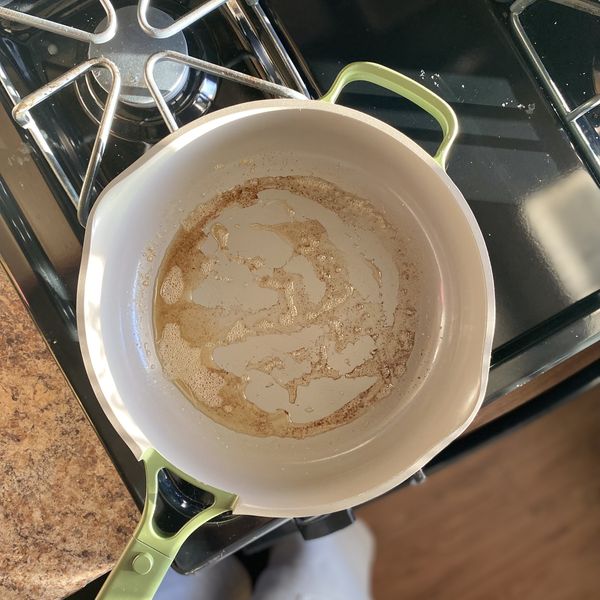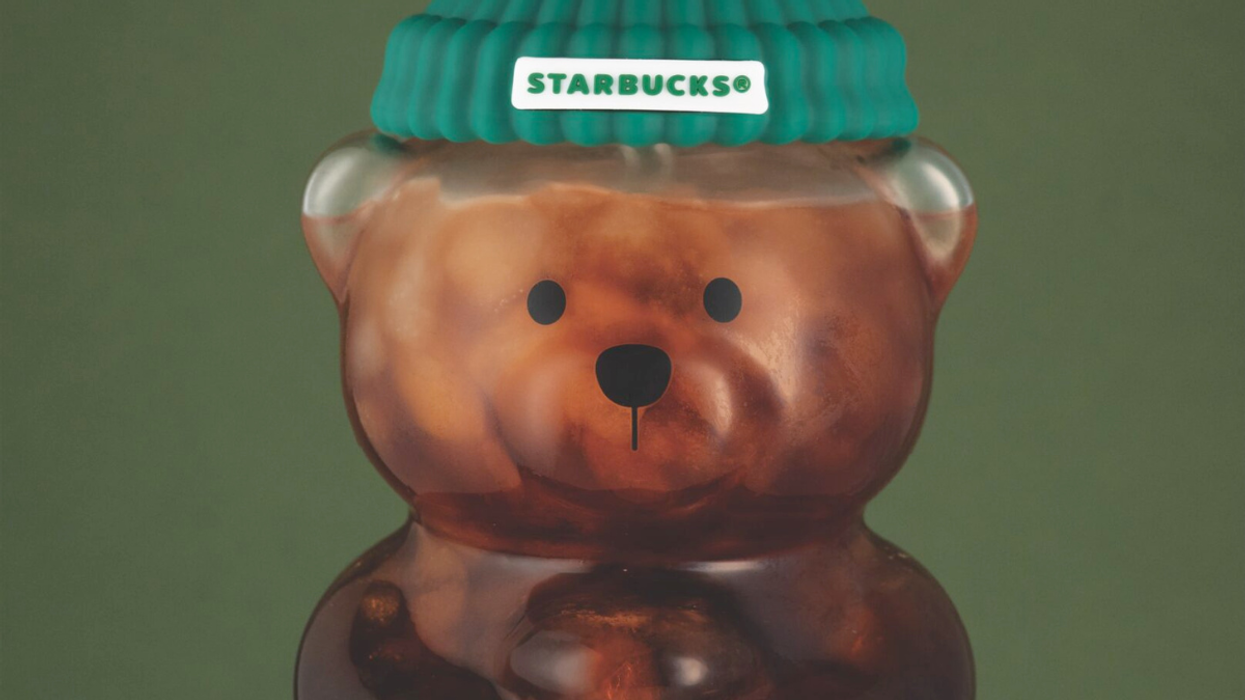This is definitely going to level up your cooking game.
How To Brown Butter For The Most Flavorful Recipes Ever

Meredith Holser is the Shopping Editor at Brit + Co, covering everything from seasonal fashion trends and the best grocery finds from Trader Joe's to shoes actually worth splurging on and life-changing beauty products. Outside of work, you can catch Meredith hiking, trying new recipes, and dreaming about having a yummy little treat.
I don’t know what it is exactly, but brown butter feels like the “It” girl of cooking at the moment. She’s everywhere, from cookies to lattes to pastas. No matter what dish it is, once I learn brown butter is involved, my ears perk up and I Am Looking. 👀
If you’ve never experienced the magic of brown butter in the kitchen, you might be wondering what it even is. I’m here to tell you that this small culinary luxury isn’t as complicated as you think. Read on for why I think the hype behind brown butter is totally warranted, and how you can use it to craft your tastiest dishes to date.How To Brown Butter

Making brown butter is super simple. All you need is unsalted butter, a stove, and a pan – preferably a lighter colored one, so you can monitor the browning on your butter. The amount of butter you brown will depend on the recipe you’re making. For example, I made this recipe for espresso chocolate chip cookies that called for ¾ cups brown butter. Therefore, I cut ¾ cups from a stick of butter. So easy!
- Place butter in a pan over medium heat.
- As the butter melts, swirl the pan occasionally for optimal cooking. Don’t fret if the butter is foamy – this is normal and is part of the reaction you want.
- Cook the butter until it has a rich brown color and is emitting a nutty aroma. This is when you know it’s done.
- Remove the butter from heat immediately after it’s done, transferring it into a heat-resistant container.
- After this, if you wanted, you could strain the brown butter through a fine strainer or cheesecloth to remove the milk solids that hang out at the bottom of the pan. I like to keep ‘em in the mix since they provide that deep flavor.
- Let the brown butter cool before using for recipes. If it solidifies, you can melt it again over very gentle heat, making sure to not brown it further.
How To Use Brown Butter

Photo by Paolo Botio / PEXELS
Brown butter makes a tasty contribution to an array of dishes, from savory to sweet. You can use it as a foundation for pasta sauce, toss roasted veggies in it, cover tender cuts of fish with it, add it to baked goods like cookies, cornbreads, and cakes, or combine it with a few sweet ingredients to make frosting.
What is brown butter?
Brown butter is butter that has been, well, browned. It’s the product of unsalted butter that has been melted and briefly cooked down in a heated pan. When executed perfectly, brown butter has a deep yellow-brown color to it and emits a nutty aroma.
What is the difference between brown butter and regular butter?
Brown butter is regular butter, except cooked down. Brown butter retains a deeper, stronger flavor than regular butter since it gets cooked past its melting point.
How long does it take butter to brown?
Based on my experience, it only really takes about 5 minutes for butter to brown. Keep in mind that the cooking time for your brown butter may vary depending on the amount of butter you're using and the heat of your stove. Visual and aromatic cues are key for making brown butter.
What are the chunks in brown butter?
When you brown butter, you’ll notice that there are some specks or chunks that sink to the bottom of the liquid. These chunks are actually milk solids that are incorporated into butter, though when cold, we don’t see them.
Why does brown butter taste different?
The nuanced taste of brown butter is owed to something called The Maillard Reaction. To put it simply, The Maillard Reaction involves certain sugars and proteins that produce the browning of food. When heated up, the sugars and proteins in butter are completely altered – rearranging the entire structure of the butter results in an entirely different taste.
Sign up for our newsletter for more easy cooking tips and how to elevate your everyday dishes!
Lead photo by Meredith Holser.



















